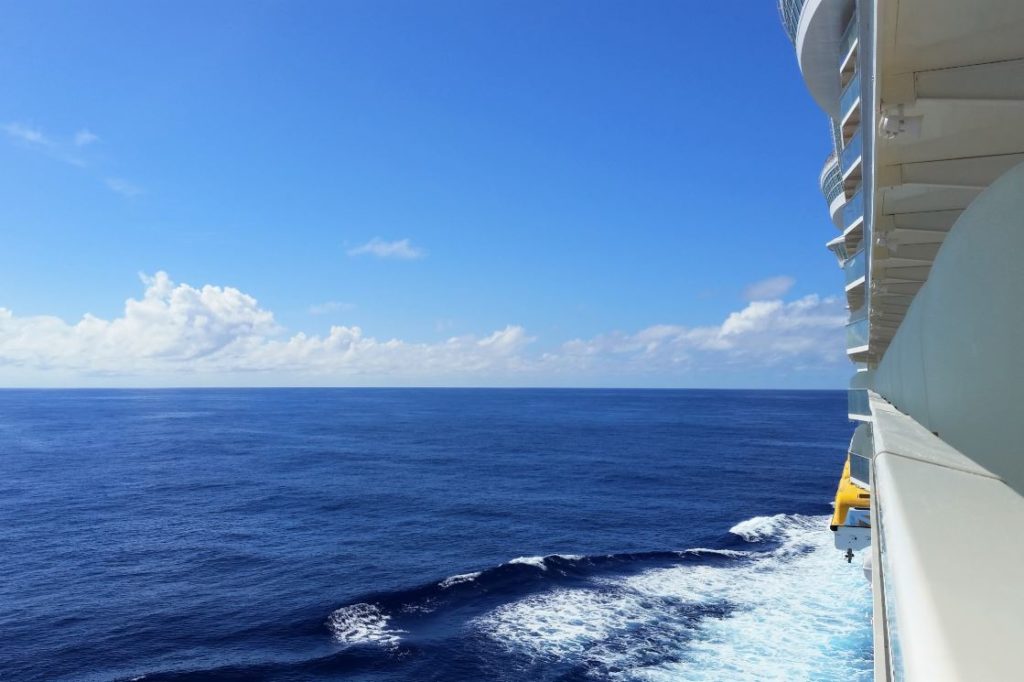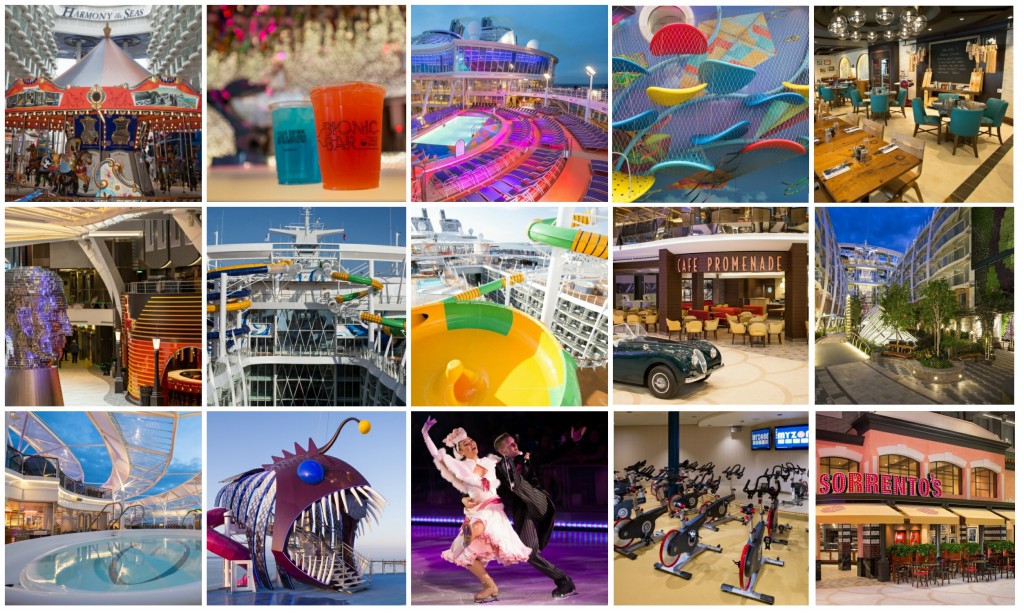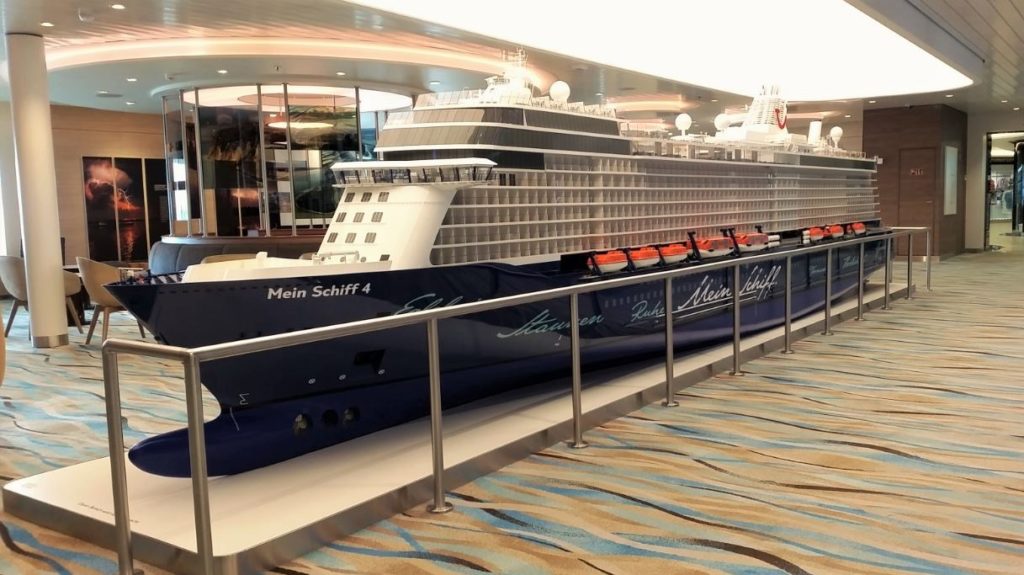From the early days when cruise ships could carry only a few hundred passengers to the modern day giants of the sea, when it comes to the size of cruise ships the ocean has always been the limit. But due to the coronavirus this could well be a thing of the past. With three major cruise lines – Carnival, Royal Caribbean and Norwegian Cruise Line – announcing a return to the sea on August 1st, lets take a look at what could be the future of cruising after corona.

From the first purpose-built cruise ship, the Prinzessin Victoria Luise in 1900, to today’s biggest cruise ship, Symphony of the Seas, ‘Bigger is better‘ has always been the credo in the cruise industry. Starting at 4,409 GRT cruise ships have grown to over 228,000 GRT leaving travelers speechless when standing in front of these floating cities.
Size matters
At the launch of Harmony of the Seas in 2016 Richard Fain, chairman and CEO of Royal Caribbean Cruises Ltd. said the company didn’t design the ships because they wanted them to be bigger, but because they wanted them to be better, offer more amenities and have more things to do.
With over 2,750 staterooms and an endless list of features including a children’s water park, waterslides, a full-size basketball court, an ice-skating rink, two 43-foot (13m) rock-climbing walls, multiple pools, entertainment venues and restaurants onboard Symphony of the Seas – compared to the Prinzessin Victoria Luise which offered only 120 cabins, a library, a gymnasium and a darkroom for the development of film – they have certainly done that.

But where cruise lines have been competing each other in an effort to please guests with bigger ships offering more thrilling and exciting features such as ziplines, racetracks, roller coasters and open-air laser tag arenas, the coronavirus may well bring and end to that. As health and hygiene have become a top priority for most people, cruise passengers in the future may well prefer smaller ships with less passengers.
Cruising 2.0
While nobody yet knows what the future will bring, a recent press release from the TUI Group – which also includes TUI Cruises, the joint venture between TUI and Royal Caribbean Cruises – sheds a light on cruising 2.0.

Following the announcement, in which the company talked about its plan to resume vacation activities for summer 2020, several media outlets have been speculating about TUI Cruises’ plans to restart its operations. You can find a comprehensive page with the most up to date information from TUI here.
When the cruise line receives permission to set sail again it would do so with ships offering short cruises in the North Sea. The ships would sail with lower occupanccy – a maximum of 1,000 guests until 31 August – allowing for more distance in public areas. While this sounds financially unfeasible, the fact is ships do not need to sail at full capacity to make money. Royal Caribban’s new vessels for example need about 30 percent load factors to break even. Older ships need about 50 percent load factor to break even.
New cruise ships need about 30 percent load factors to break even, older ships break even when sailing at about 50 percent load factor
But not only occupancy on board would decrease significantly. Before embarkation, guests will have to fill out extensive health questionnaires – especially with regard to symptoms relevant to corona. Providing false information could possibly result in being disembarked in the next port of call and even legal penalties.
Before being allowed to enter the ship, passengers and crew will have to go through a set of health screenings, such as temperature scans. The embarkation process itself will be staggered to make sure no crowds can form.
On board self-service options within the restaurants will most likely become a thing of the past. In the theatre only every third seat will be occupied, leaving two thirds empty. Exactly how this will work out for couples or families with children is so far unclear. Furthermore a maximum of 10 children would be allowed in the kids club at the same time. The number of people in the wellness and fitness area would also be reduced.
As the world continues to face the challenges related to COVID-19, the suspension of global cruise operations is having a devastating impact on economies around the globe. Find out more on the impact here.
Like in many shops and at workplaces, one-way systems for guests and crew could be implemented. This would result in guests having to walk more on bigger ships. In addition the use of elevators could be reserved to people with mobility issues. Using the elevators could also be limited to a maximum number of people at the same time, making more people having to use the stairs. As a result, choosing the right cabin in the right location will become more important than ever.
Another, and possibly the most important point of attention is of course hygiene. Surfaces that are frequently touched – such as tables, chairs and handrails – should be cleaned by the crew every 30 minutes. Ships would also sail with additional health personnel and corona test equipment.
These are just a few of the new rules the cruise lines will likely introduce as they get ready to set sail again. Meanwhile keeping ships clean and virus free will also result in guests having to take greater responsibility while cruising. As in our daily new-normal guests might have to wear a face mask when social distancing cannot be guaranteed, provide extensive and accurate health information and pay closer attention to hand hygiene.
What do you think will be the new-normal at sea? Let us know in the comments.
For more up to date information TUI has created a comprehensive page with the most up to date information. You can access the page here.